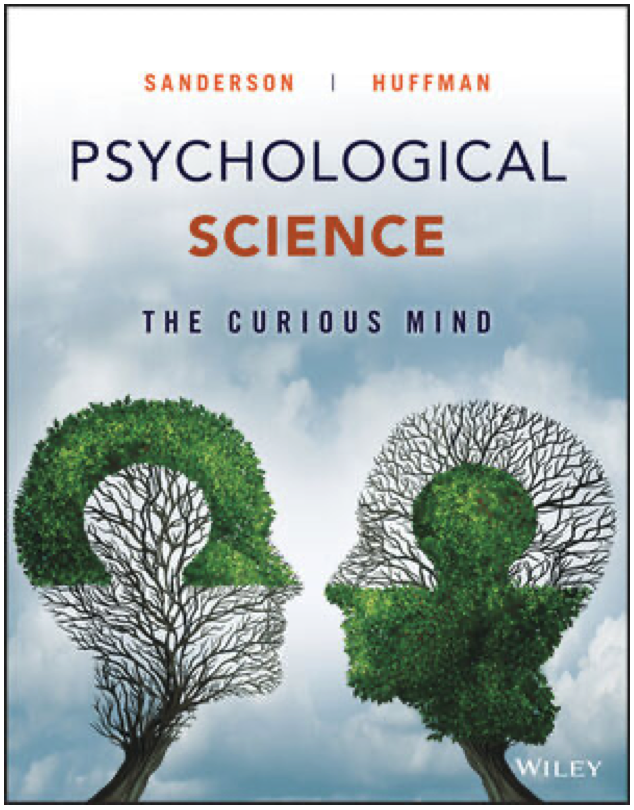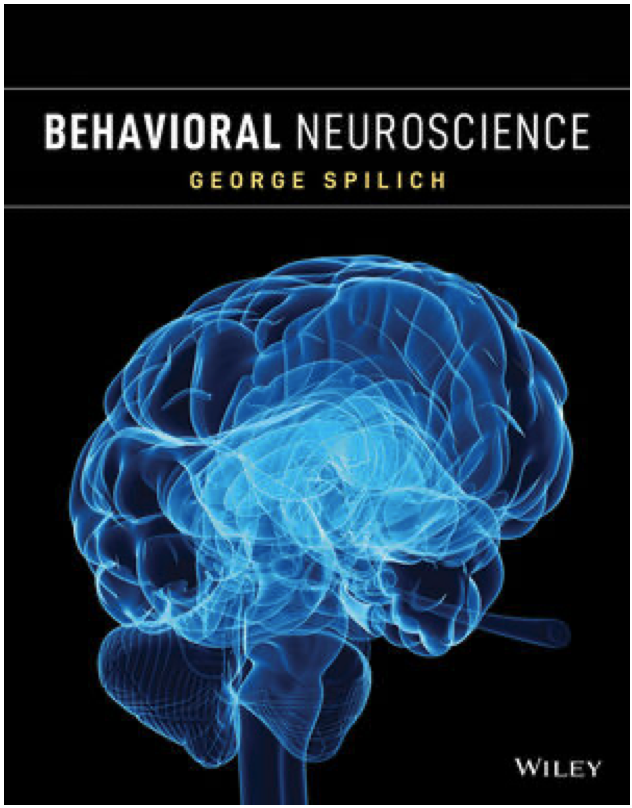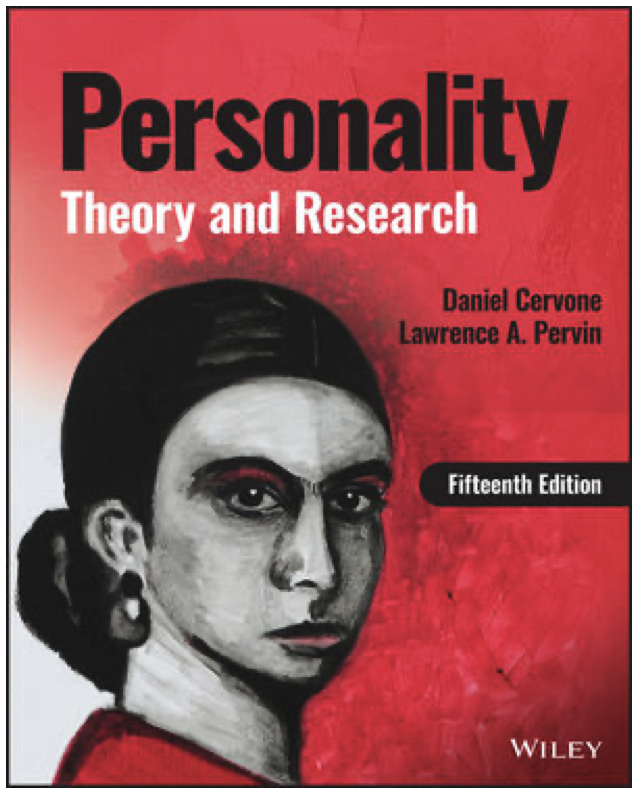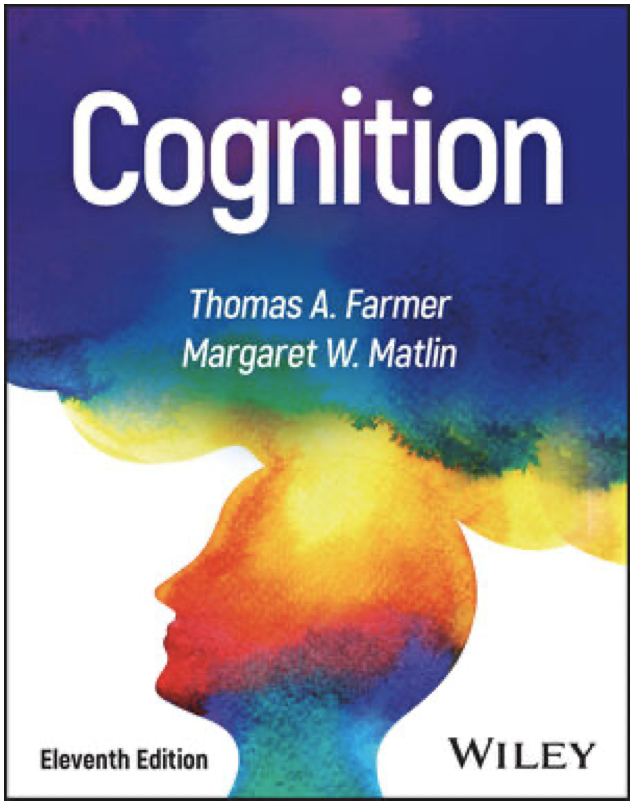3 ARTICLES ON FOCUSING ON TOPICS OF ANIMAL BEHAVIOR
ARTICLE #1
TITLE
Seeking Human Generosity’s Origins in an Ape’s Gift to Another Ape
DESCRIPTION
Can we understand human generosity and prosocial behavior by studying ape behavior? The fascinating article highlight studies with apes, and in particular bonobos to study how these animals interact with one another around issues of helpfulness and generosity.
“The work of Dr. Krupenye and others makes it clear that humans aren’t unique in their generosity. It’s possible that our common ancestor with bonobos and chimpanzees were already prosocial, at least to a limited extent. And now our generosity expands beyond what he and other scientists observe in our closest relatives.” These studies follow from the evolutionary perspective on human behavior. Given that we define the field in terms of both human and animal behavior, this article is an interesting one, full of examples, to present on the topic.
Here is an AUDIO link to an NPR interview on the topic of bonobos related to both prosocial behavior and communication:
SOURCE
New York Times, September 11, 2018, by Carl Zimmer
LINK TO RESOURCE
https://www.nytimes.com/2018/09/11/science/generosity-apes-bonobos.html
(Tiny URL) http://tinyurl.com/ybj8ctcg
ARTICLE #2
TITLE
Chimps and Toddlers Use Same Gestures to Get Attention
DESCRIPTION
This is a fascinating article that provides a comparative psychology research examining the gesture of apes and children. The article first discusses what is known about chimp communication (by way of gestures) and then discusses observational research of human infants and toddlers. “Even though children under the age of two can’t speak, or at least not very well, they are surprisingly communicative. There’s lots of crying, grunting, pointing, waving and noodle tossing. But George Dvorsky at Gizmodo reports toddlers’ behaviors aren’t unique or completely random. It turns out human children share a huge number of gestures with juvenile and adult great apes.” Given that we define the field in terms of both human and animal behavior, this article is an interesting one, full of examples, to present on the topic of language, communication, and evolutionary behavior.
Here is an AUDIO link to an NPR interview on the topic of bonobos related to both prosocial behavior and communication:
SOURCE
Smithsonian, September 12, 2018, by Jason Daley
LINK TO RESOURCE
https://www.smithsonianmag.com/smart-news/chimps-and-toddlers-share-same-gesture-language-180970272/
(Tiny URL) http://tinyurl.com/y79pt63s
ARTICLE #3
TITLE
Parrots Think They’re So Smart. Now They’re Bartering Tokens for Food
DESCRIPTION
What a fascinating experiment using parrots as subjects!
“Would the birds resist an immediate reward to trade for something better? Many species have shown the ability to hold off on an immediate treat — like a dry corn kernel — for something tastier later on, like a bit of walnut.” Four species of parrots were tested and trained to associate small objects for different foods. Gradually, the birds began to display choice behaviors and trade the objects for “better” foods demonstrating both an ability to delay of gratification and decision making. Given that we define the field in terms of both human and animal behavior, this article is an interesting one, full of examples, to present on the topic.
The article provides a 2-minute video that shows the experiment that will delight the class and make the lecture interesting and entertaining.
SOURCE
New York Times, September 11, 2018, by James Gorman
LINK TO RESOURCE
https://www.nytimes.com/2018/09/11/science/what-makes-parrots-so-smart.html
(Tiny URL) http://tinyurl.com/yb7zbxk8
CLASS DISCUSSION QUESTIONS
•What is the value of animal research in the field of Psychology?
•Can the results of animal research be generalized to humans?
•What are the advantages and disadvantages of using animals to studying basic processes in humans?
•Ask the students: How would they apply the results of animal research to humans?
•What are the ethical concerns of using animals for research?







Leave a Reply